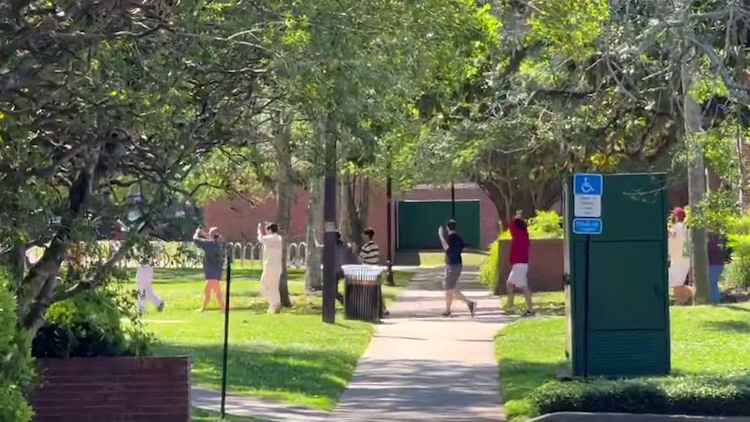Here's what it's like traveling to Hawaii during a pandemic

SAN FRANCISCO -- Aloha means goodbye and hello. ABC7 News anchor Larry Beil said both after his recent visit to Hawaii. The island state is now accepting visitors, but getting there is a lot different than before the pandemic. Here's what you need to know.
Before your flight
The first thing you do is go to the state's website and create an account. You'll fill out information like the flight you intend to take and where you're going to visit. This is mandatory.
You'll need to get a COVID-19 test within 72 hours before your flight, but you have to get it done from a trusted testing partner. Beil says the problem is that sometimes the trusted partner can't return the results back to you in time - which is what happened to him. His wife got her test back, but Beil had to quarantine in the hotel once he arrived. He had to wait for a day until his results came back.
"That's the glitch, you have to be sure the state's trusted partner will be able to deliver their results within 72 hours," he said.
SFO and Hawaiian Airlines just announced drive-through testing for travelers heading to Hawaii with guaranteed results within 36 hours, but it will cost you. It's $90 to get it within 36 hours and $150 for the day-of.
Beil says this is all so new and the state's app and website are having issues getting all the data updated which makes quarantining even more frustrating. His brother and sister-in-law have waited for three days to get their results back.
During your flight
Beil took Hawaiian Airlines, they left seats open and "pretty much everybody wore masks except when they were eating". Beil said he had no issues with the flight.
After you land
"You're kind of like cattle going into various lines," Beil said. If you have your test results ready to go, you'll breeze through. But if you don't have your test results, you'll end up in a different line.
There is also a voluntary secondary test - they're screening 10% of all passengers. You can choose to opt-in, which Beil did so he would know for sure he was negative. Otherwise, his family wouldn't want to hang out with him, it's unclear if they actually just didn't want to hang out with him.
"They're catching basically everybody (with the screening), less than 1% of people entering the state are positive," Beil said. They may not continue the surveillance program because of how successful the pre-screening has been.
Are people there wearing masks?
Yes, for the most part. The state has a mask mandate, but Beil says there's a little trouble with people who think since they tested negative they don't need to wear a mask. He says more than 90% of people there had masks on.
How was the experience?
Hardly anyone is on the beach, Beil said, for now. Although, thousands of people are now coming into the state a day. Beil says the scene is still iffy with a lot of restaurants and hotels not open yet on Oahu. Make sure to call ahead and make plans beforehand.










